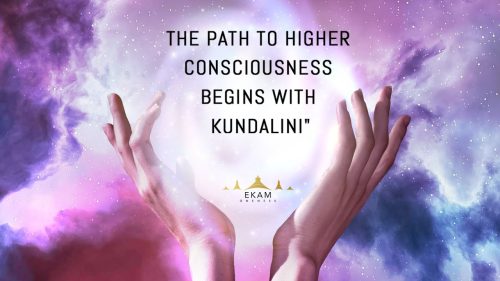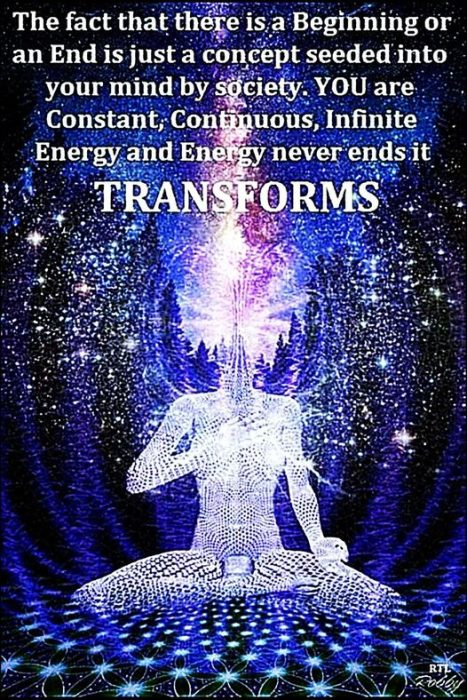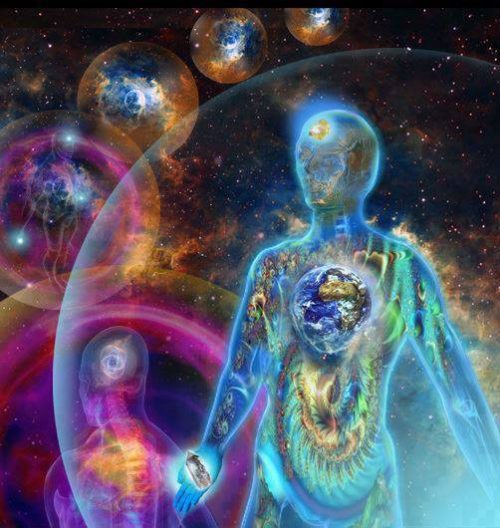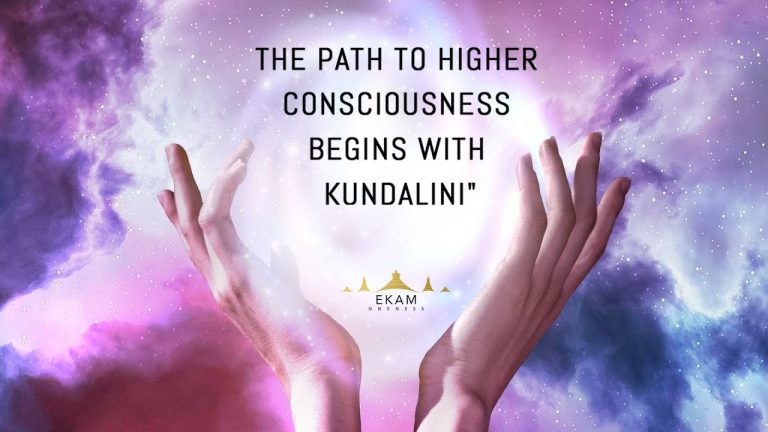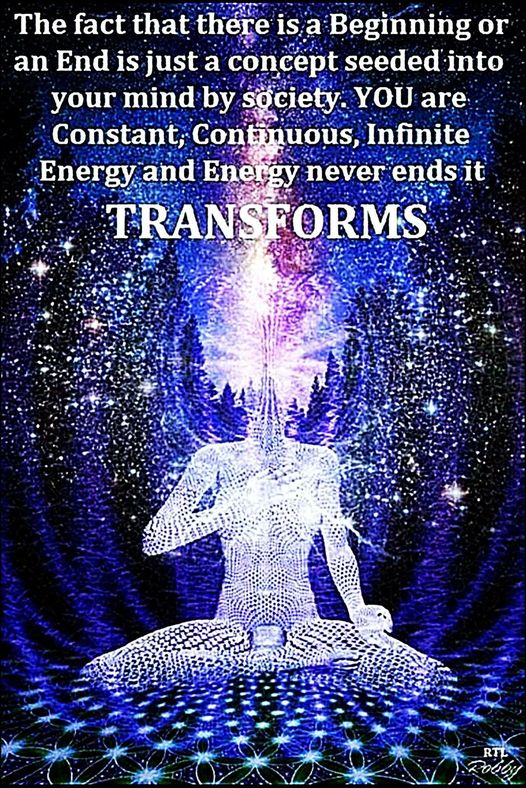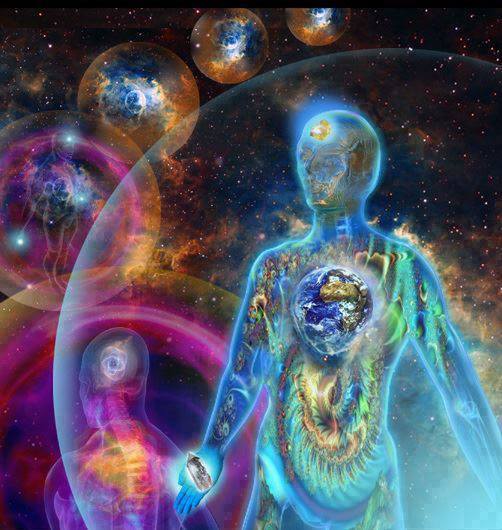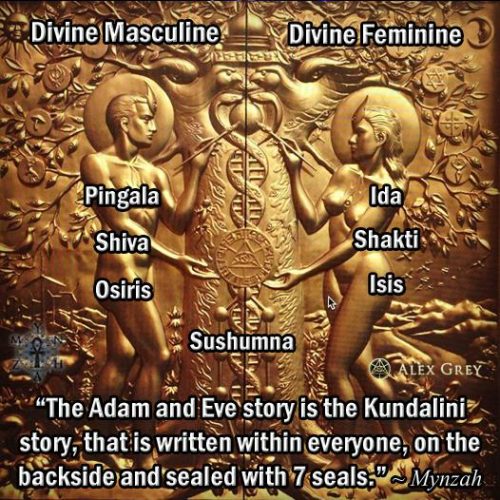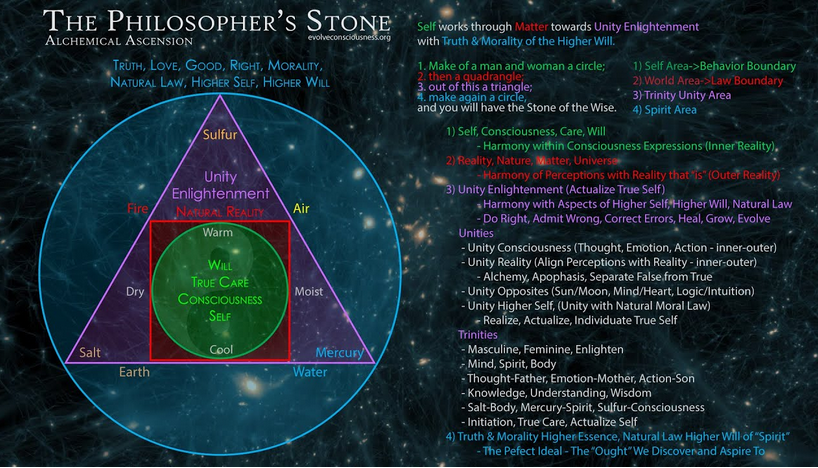
The philosopher’s stone, as is frequently the case, is symbolized by the phoenix, which must be consumed by fire in order to renew itself. The mystery of the phoenix is that from its death (ashes), it is reborn. Images of a hero rising from the dead, or even of a Phoenix, a Rose, or a Red Lion, symbols of the Stone and of Christ, the Light of the World. This is the story cipher for the illumination of lead to gold and the enlightenment of the alchemist.
Within the system and process of Western alchemy the metal of lead as Saturn—the alchemists often referred to the metal as its corresponding ancient planet—played an important role in the quest for cosmic unity and for knowledge of the self. Some alchemists placed lead at start of the alchemical process in categorizing it as materia prima, base matter of alchemy, a substance that is connected to the earth and must be found by the alchemist before work or creativity can begin.
In Western alchemy, these opposing male/female principles are located in the chaos of primal matter. The alchemist must separate and refine these elements, and as a final step, reunite them.
The final red state (rubedo) is embodied in the dassic symbol of the Philosopher’s Stone, the phoenix rising from ashes, its brilliantly colored wings spread wide.
The Philosopher’s Stone is sometimes depicted as a shining red crystal or symbolized by the immortal Phoenix bird rising in fire from its own ashes.
The philosopher’s stone, as is frequently the case, is symbolized by the phoenix, which must be consumed by fire in order to renew itself.
Then the regenerative force of love is bodied forth in the figure of the alchemical eagle and dove which are instrumental in the alchemical phoenix’s rise, new-born, from the fire.
The mystery of the phoenix is that from its death (ashes), it is reborn.
Images of a hero rising from the dead, or even of a Phoenix, a Rose, or a Red Lion, symbols of the Stone and of Christ, the Light of the World. This is the story cipher for the illumination of lead to gold and the enlightenment of the alchemist.
Similar to resurrection, the image of people rising upward indicates a movement toward higher understanding, or the process of rising above our bonds.
“The ‘second coming of Christ is a transformation of human consciousness, a shift from time to PRESENCE, from thinking to pure consciousness, not the arrival of some man or woman” (Eckhart Tolle).
In medieval bestiaries, the phoenix was generally construed as a symbol of the resurrection and thus as a figure of Christ: Now Our Lord Jesus Christ exhibits the character of this bird, who says: “I have the power to lay down my life and to take it up again”‘ (White 1954: 126).
In the Greek Physiologus, dating from the second century AD, ‘the reborn phoenix arises from its predecessor’s ashes only after three days have elapsed — a detail inserted in order to underscore the typological symbolism’ (Hill 1996: 612). In another tradition, which can be traced back to Rufinus of Aquileia (c. 340-410), and which focuses on other features of the classical legend — the bird’s uniqueness, and its capacity to reproduce itself without sexual union — the phoenix is a symbol of the Virgin Mary.
There is a third esoteric tradition, which makes the phoenix a symbol of sublimation, the last stage of the alchemical process, and hence also a symbol of spiritual transformation.
A fourth tradition, which may be called Petrarchan, makes the phoenix the supreme symbol of love. Finally, the purple colour of this mythical bird makes it a symbol of royalty.’
Consciousness is the life source, and we absorb the energy through light we see, but also from light we don’t see. We literately absorb energy from this source, in return we confirm that it exists. This must be important to this intelligent universal mind.
Ones we understand “who we are” this answer lies in both subjects, we ought to combine them instead of separating them. All is consciousness, a universal mind which needs nothing, because everything is within this unseen energy as a potential of all information or possibilities. God, or “Consciousness” is the secret or sacred word to describe this natural phenomena. In this cycle of transformation, only ever “consciousness” is what remains as the eternal divine source.
Carbon, a very important element for supporting life, has a half-life cycle of 5,730 years (the word “carbon is a “Latin word’ which means “coal or ash”).
This connects us with the statement of the “Phoenix rising from ash”. … All is consciousness, a universal mind which needs nothing, because everything is within this unseen energy as a potential of all information or possibilities.
Further discussing the significance of the Emerald and the green, Jung states:
To precious stones it [Emerald] is what gold is to metals, an everlasting, incorruptible substance, the goal of the opus. In this context the green color actually achieves the meaning of life itself In the alchemical texts the benedicta viriditas (the blessed green) also services as a sign of the beginning of the reanimation of the material.
Thus we are brought to another of the spiritual dimensions surrounding the archetype of the sacred Grail gone, and this is the realm of alchemy. Jung tells us: The Grail of the alchemist was also a stone, the lapis philosophorum, or philosopher’s stone. It too “us a vessel of transformation and higher consciousness,a wssd identical with its contents. And further on:
The qualities mentioned. especially the bestowal of youth and iongnity. are attributed to the Grail in almost all the versions. They are the same properties to the lapis philosophorum.
Yet another connection exists in the association of the Grail stone with the legendary Phoenix, as Jung gates: That Violfrcon was not unacquainted with alchemical ideas may also be deduced from the description of the Grail as the stone through whose power the phoenix is consumed by fire in order to the again from the ashes. This allegorical figure played an important role in alchemy.
This same concept is reflected in the line from one of the Grail texts which states, ‘Thus our stone, that is the flask of fire, is created from fire’
And from Matthews
(Wolfram on Eschenbach says that the power of the Grail stone is the same as that ssak.h enables the phoenix to immolate Itself and be reborn from its am ashes. The phoenix was frequently used as a symbol of the lapis (the alchemical Philosophers’ Stone) amt was depicted as homing over it. It is also a symbol of transfiguration in its own right and,like the Grail, stands for spiritual renewal.
Shedding tears of liquid resolve that wash me clean. I search for the center, and find the equilibrium. In the agony of life, I learn acceptance. I surrender completely, and look up. From my knees. I rise to my feet. Breaking the chains of fear With the pure energy of thought. An explosion of blue light Dissolves the invisible fetters, For I fear death no more, And beginning from within, I become the microcosm.
All becomes clear, and I see that I stand, within the vortex of life, The Vortex that binds me and holds me to this life. It swirls about me and above me, A mighty pillar that leads to the sky. And beyond. into infinity. Gathering the power about me. From the magic that is pure. I roar as the power builds, Against time, against death, against fear and despair, Making them an illusion. I will escape. I will be free. I will beam..
A being of the combined elements, I will become The Philosopher’s Stone, the macrocosm, I will become The phoenix from the ashes, Ascending from this corporal prison, Screaming the name of the Creator, Coursing with the power of divinity, Suffused with illumination, Rising as a storm toward the cosmos, To assail the Gates of Heavenl
